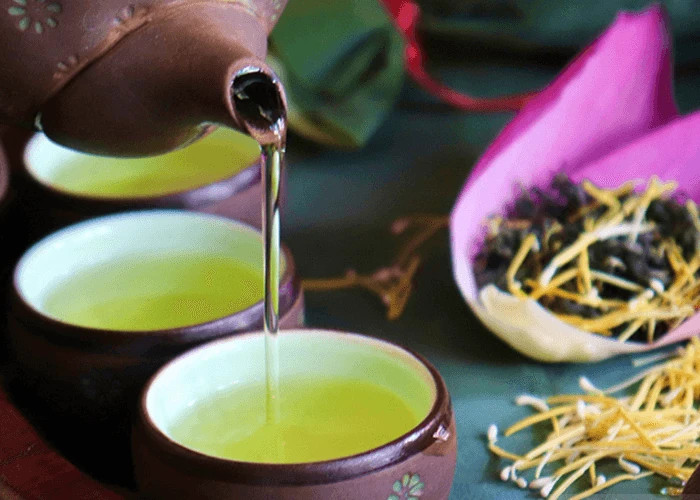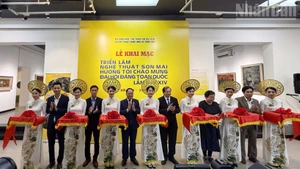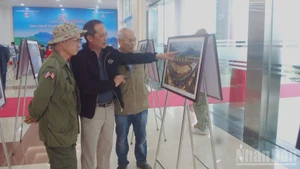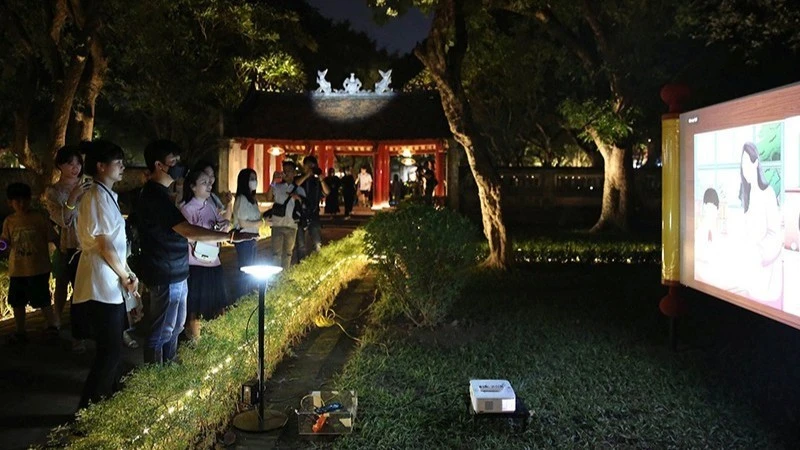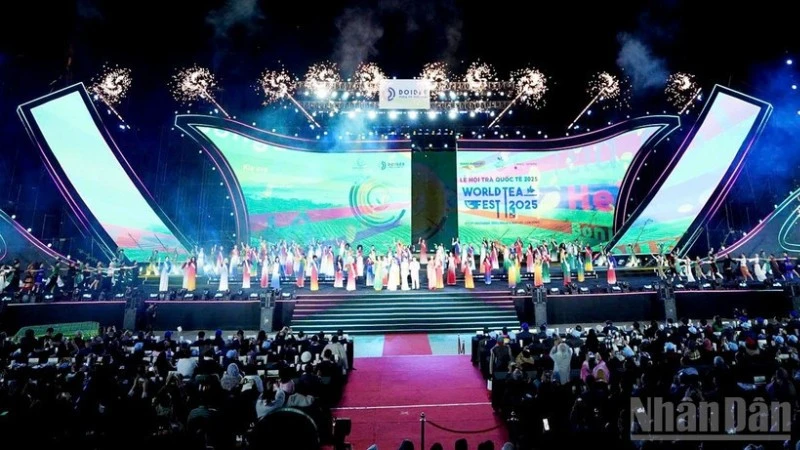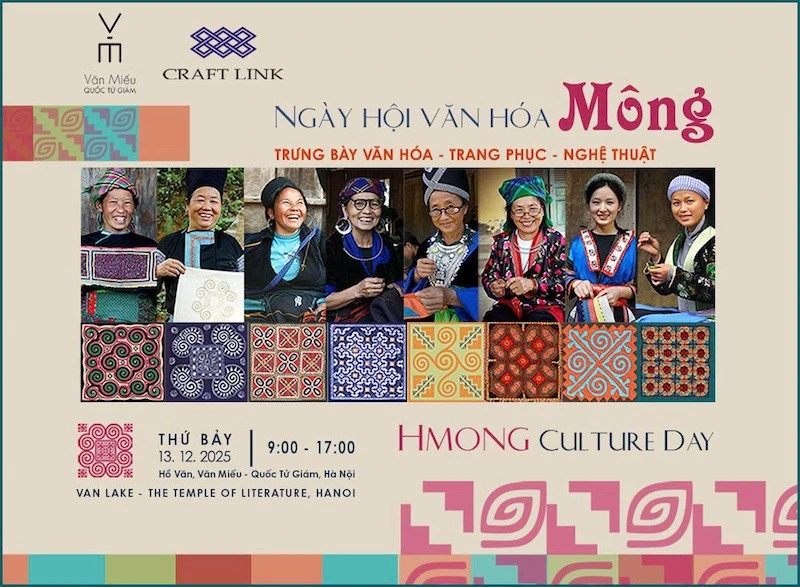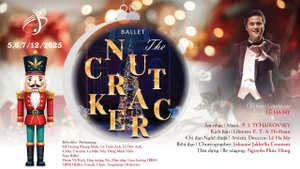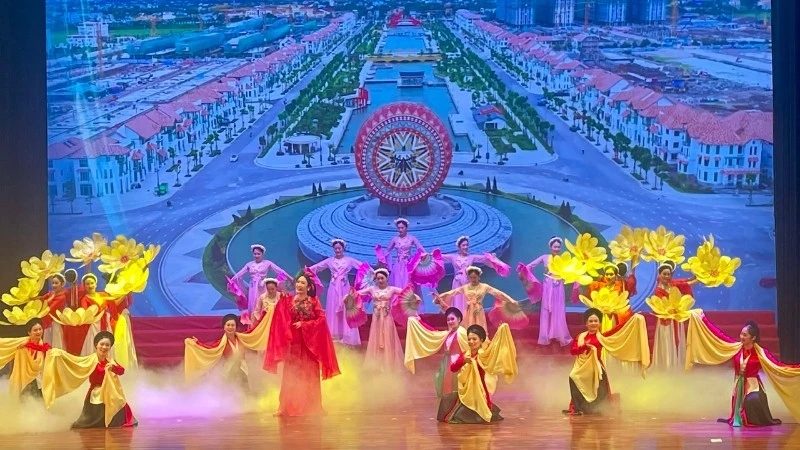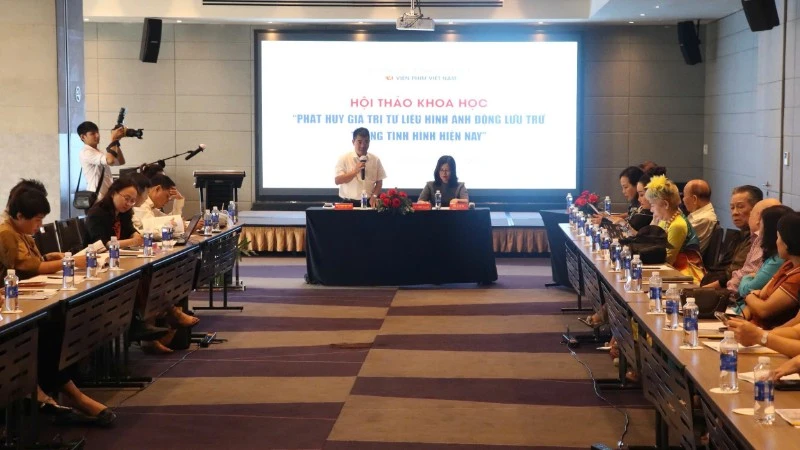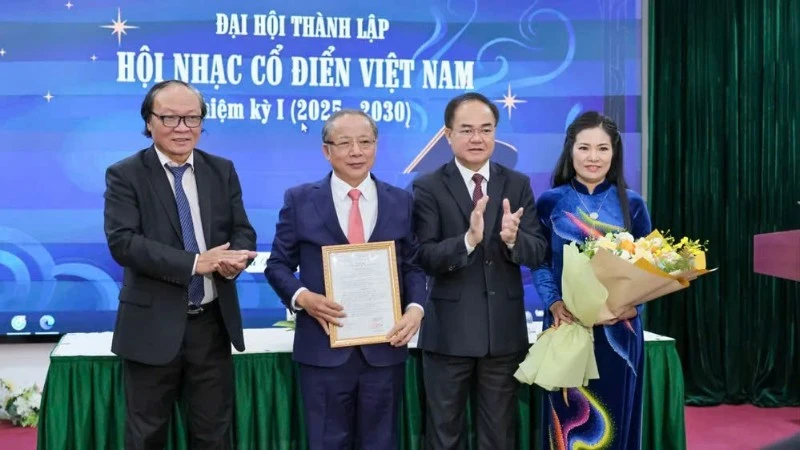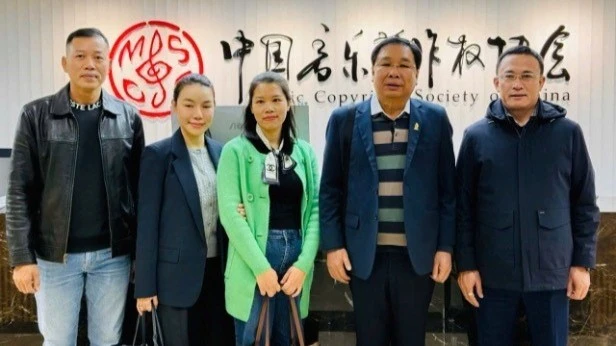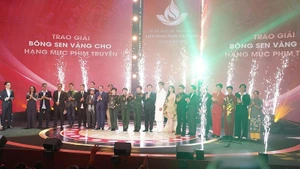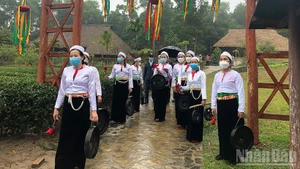Lotus tea is a beverage that reflects the delicate culinary culture of the capital city of Hanoi. The Ministry of Culture, Sports, and Tourism has recently issued Decision No. 2316/QD-BVHTTDL, recognising the traditional craft of Quang An lotus-infused tea (in Quang An Ward, Tay Ho District, Hanoi) as a National Intangible Cultural Heritage.
West Lake is a famous scenic spot in the capital which is home to a special variety of lotus known as "bach diep" (hundred-petal lotus), with each flower having around 100 petals and a distinctive fragrance.
Since ancient times, lotus tea has been considered a precious tea product of the Vietnamese people. The lotus flower holds deep cultural and religious significance in many Asian countries, especially in Vietnam. The combination of lotus and tea creates a harmonious and exquisite flavour. The “bach diep” lotus is mainly grown in Quang An Ward.
Quang An Ward, which is bordered by West Lake on three sides, has 157 hectares of lake surface area, including 11 ponds, lakes, and lagoons with rich soil and thick layers of mud, which is ideal for the growth of “bach diep” lotus. This is a vast lotus-growing area of Hanoi and also the cradle of the famous lotus tea infusion craft. Generations of locals have preserved and passed down the lotus tea infusion craft.
Currently, Tay Ho District has hundreds of locals engaged in the craft of lotus tea infusion, with the highest concentration being in Quang An Ward.
The process of making dried lotus tea is very meticulous and involves many stages, including selecting raw materials, washing the tea, extracting the lotus stamens, infusing the tea, drying the tea, and packaging and storing. While the process of infusing whole lotus flowers is less complicated than that of dried lotus tea, the artisans must use special techniques to achieve a flavourful and aromatic tea. The raw tea used for infusing whole lotus flowers is typically premium tea buds.
After the tea is infused once with the lotus stamens, it is placed inside a lotus flower, with about 15 grammes per flower. This task requires the skill and precision of the artisans.
Today, the craft of lotus tea infusion in Quang An faces challenges due to the shrinking of the lotus cultivation area, environmental pollution affecting lotus growth, and changing consumer preferences.
An increasing number of young people are showing less interest in tea and do not enjoy drinking it. Moreover, many people do not fully understand or appreciate the cultural, spiritual, and physical benefits of tea drinking, especially lotus-infused tea.
Hanoi has devised a plan to develop and expand the area for growing “bach diep” lotus to honour the value of the West Lake lotus and help preserve the traditional craft of lotus tea infusion in the area.
The recognition of the traditional craft of lotus tea infusion in Quang An as a National Intangible Cultural Heritage comes as good news, motivating Hanoi to implement measures for the preservation, promotion, and development of the values of West Lake lotus.
